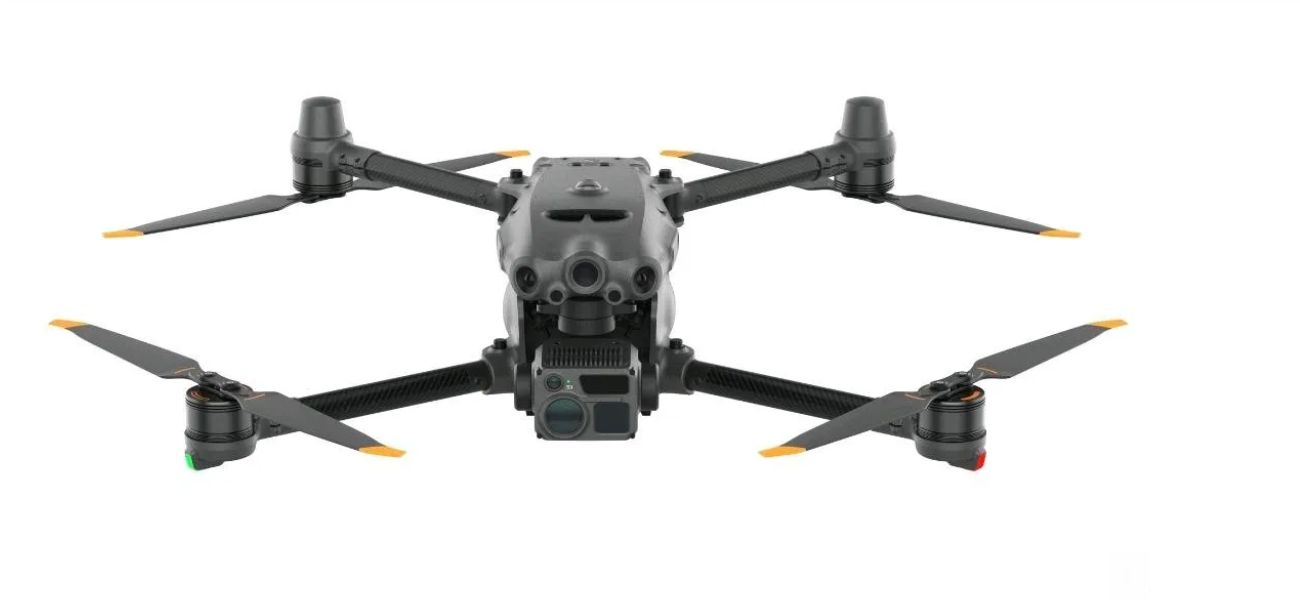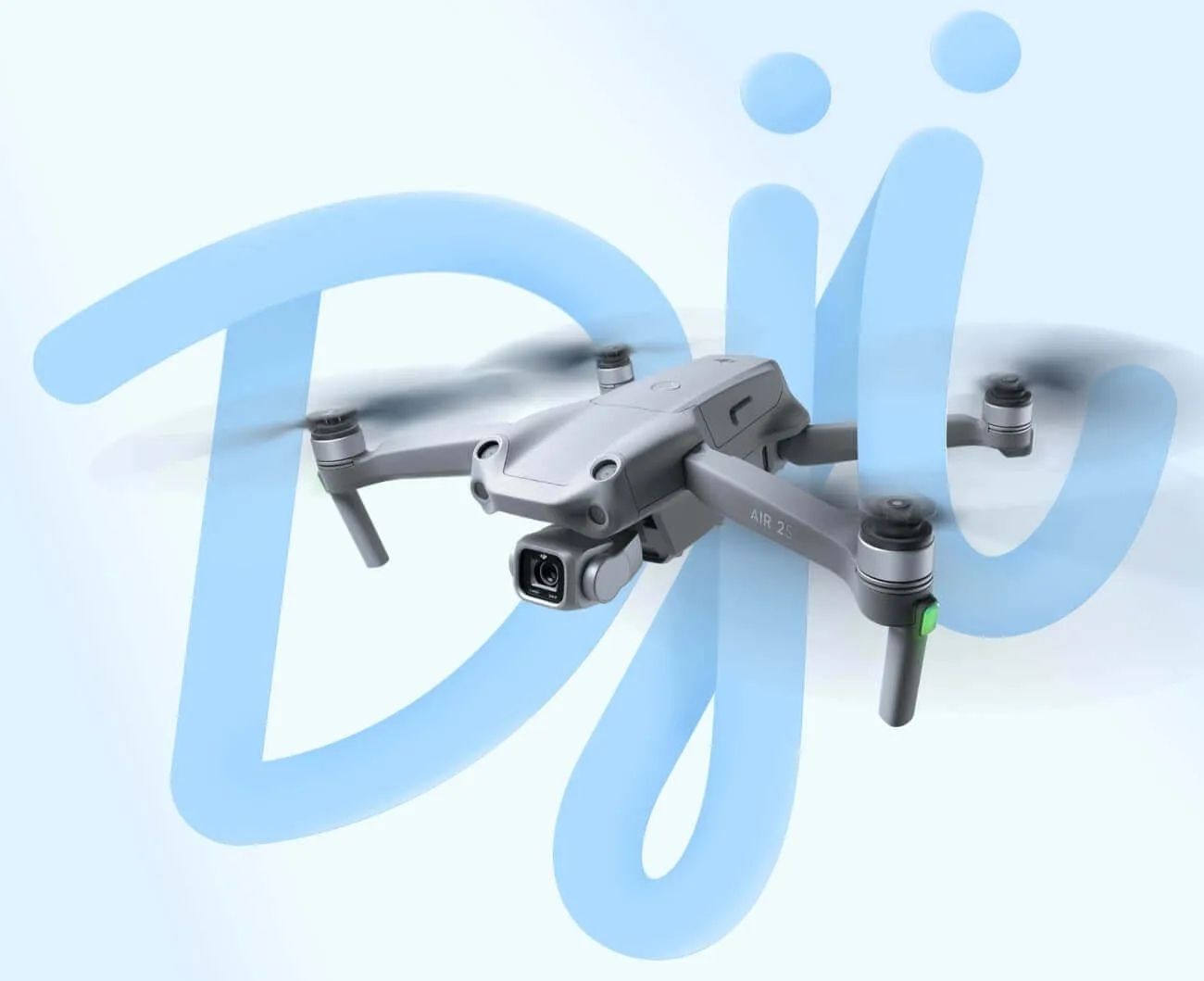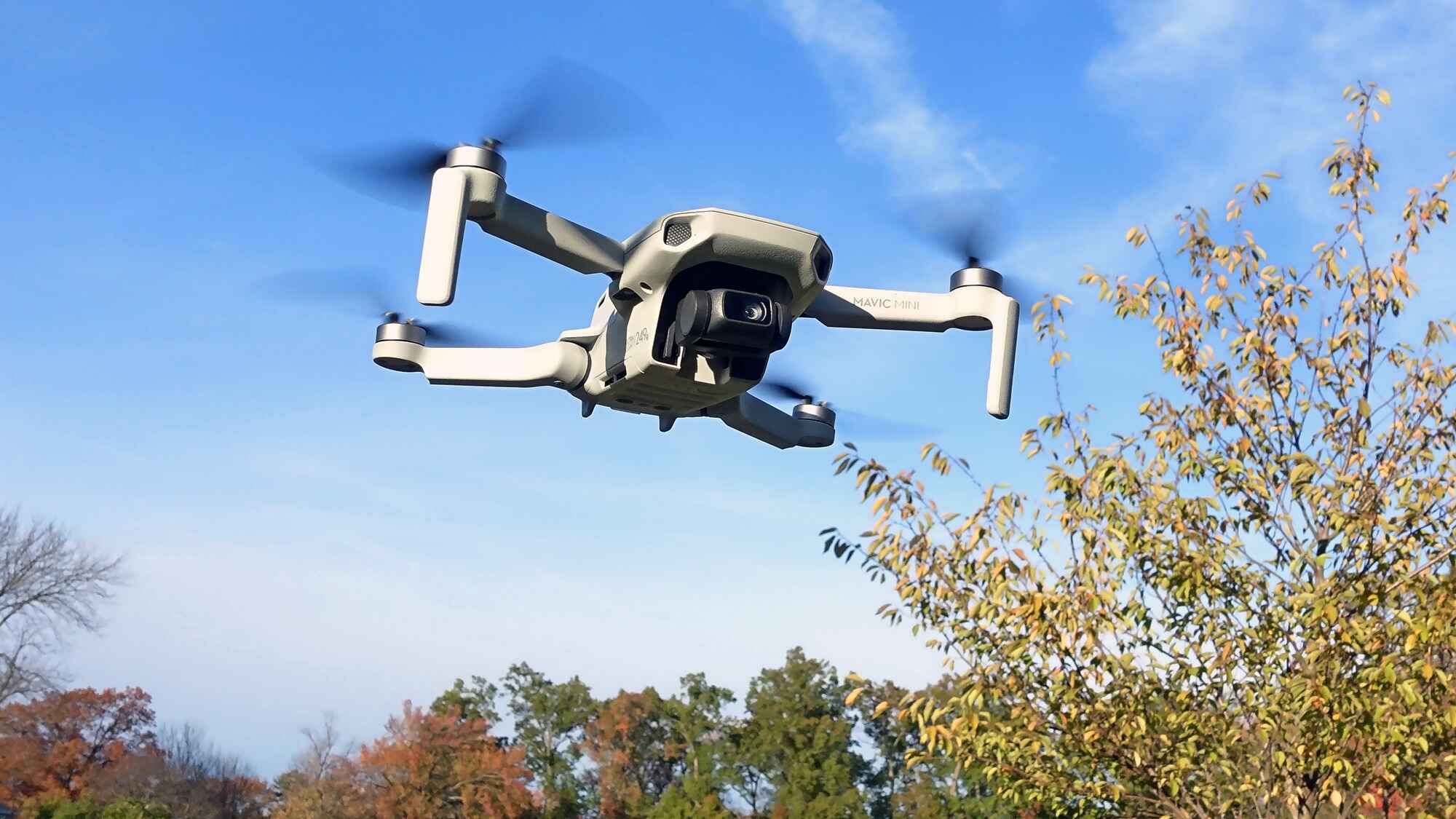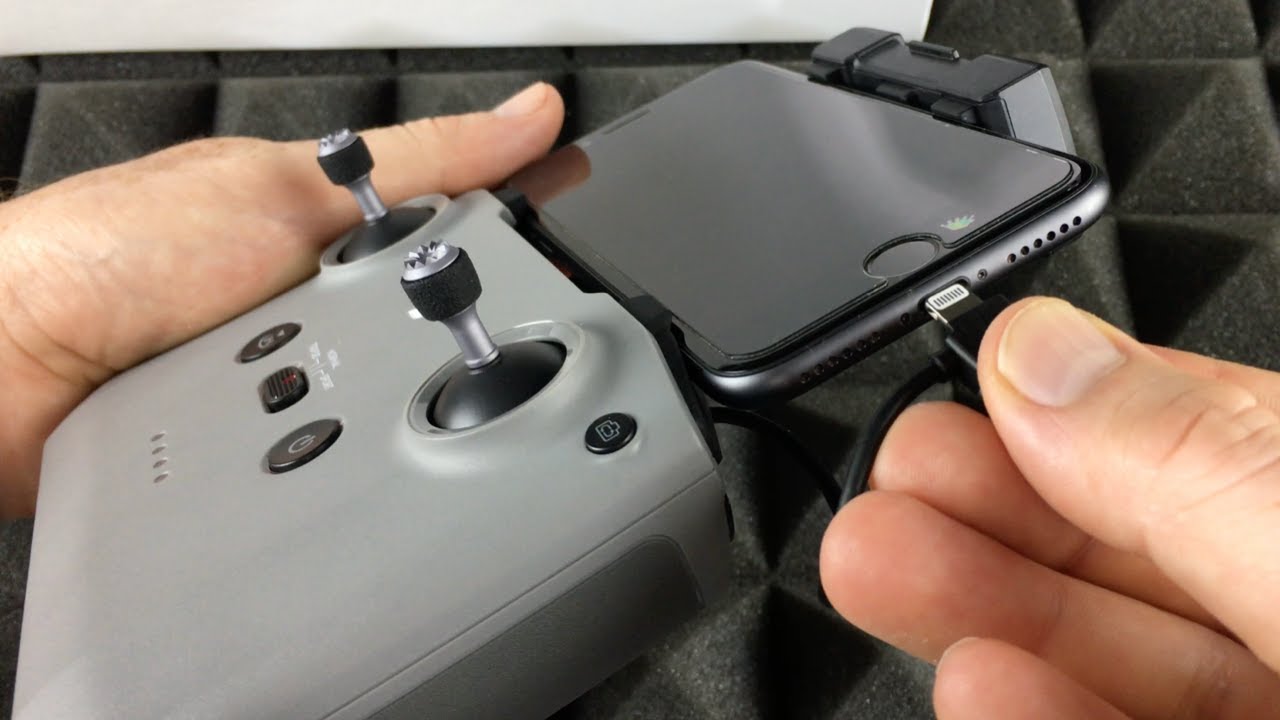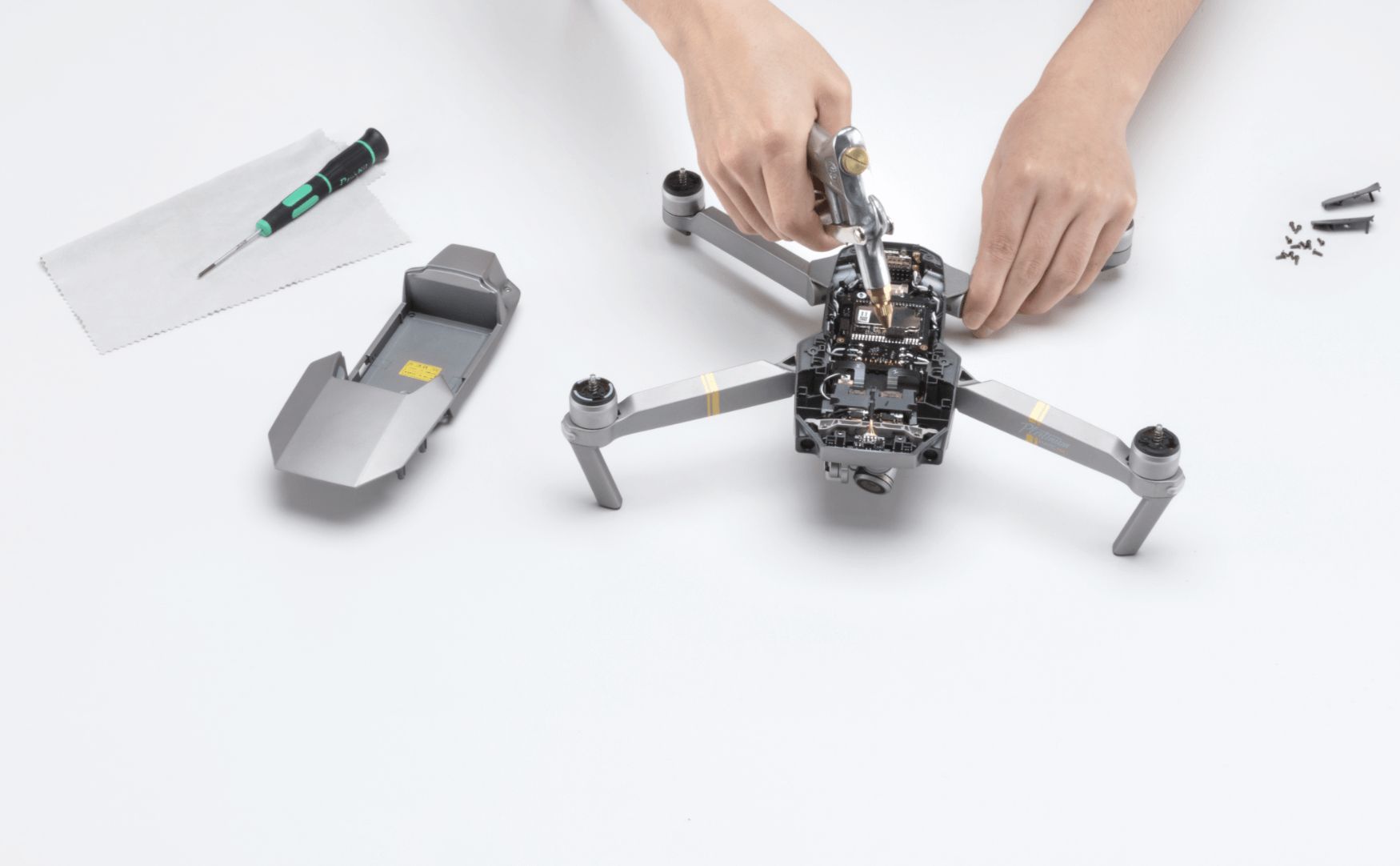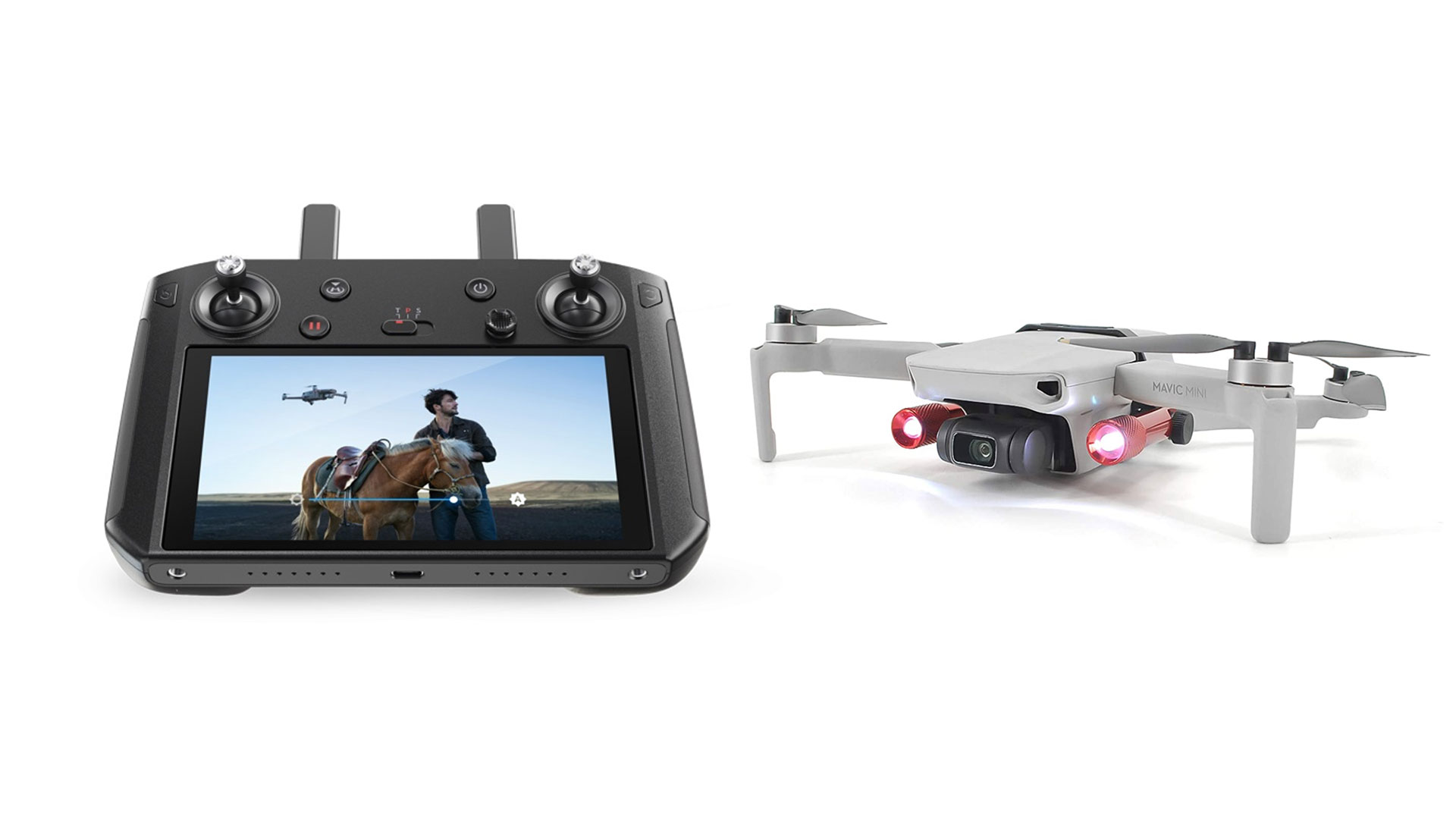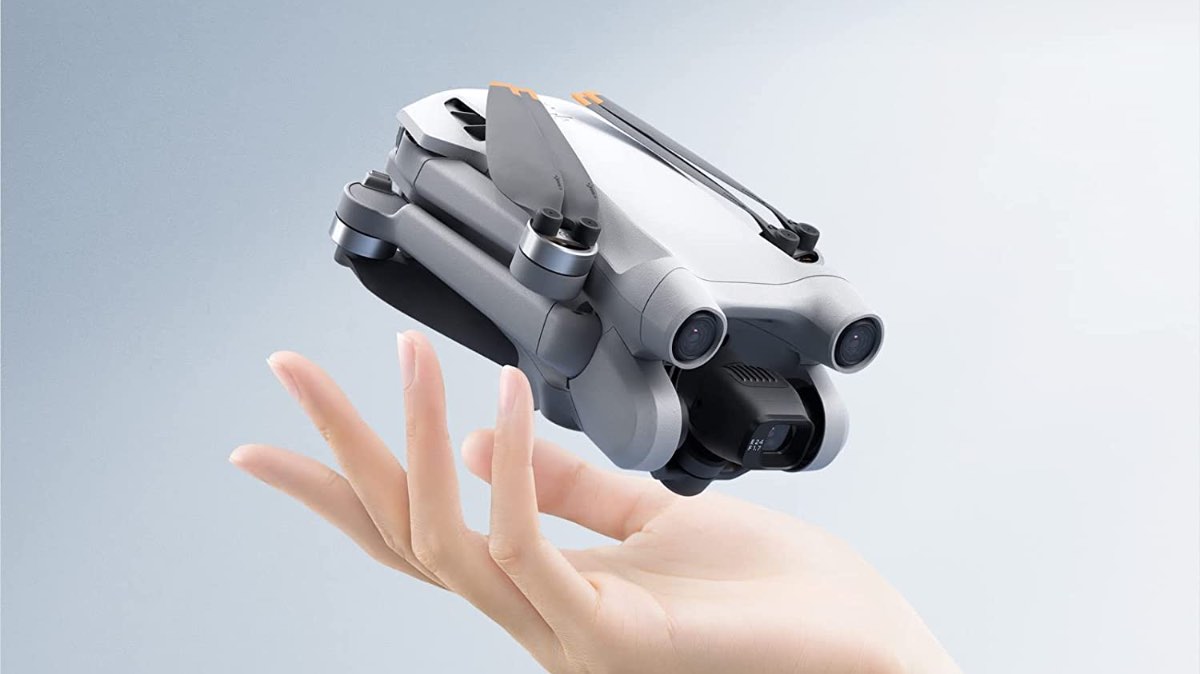Introduction
DJI, short for Dà-Jiāng Innovations, is a well-known global leader in the drone industry. Established in 2006, the company has been instrumental in revolutionizing the way we capture aerial footage and explore our world from above. With their cutting-edge technology and innovative designs, DJI has established itself as a dominant force in the drone market.
With a passion for pushing boundaries and a commitment to excellence, DJI has consistently set new standards for drone technology. Their products are revered by drone enthusiasts and professionals alike, as they offer unrivaled performance, reliability, and versatility.
As the popularity of drones continues to soar, DJI remains at the forefront of this rapidly evolving industry. Their commitment to innovation and dedication to meeting the needs of their customers have earned them a solid reputation as the go-to brand for drones.
In this article, we will delve into the fascinating journey of DJI, exploring its early beginnings, the growth and success it has achieved, its headquarters and global locations, the impact it has had on the drone industry, and what the future holds for this pioneering company.
Early Beginnings of DJI
The story of DJI began in 2006, when founder Frank Wang had a vision to create high-quality, accessible drones that could be used for aerial photography and videography. Wang, a young entrepreneur from Shenzhen, China, recognized the potential of drones and sought to make them more practical and user-friendly.
At the time, drones were predominantly used by the military and were prohibitively expensive for the average consumer. Wang, armed with his passion for technology and a deep understanding of the drone industry, set out to change that. He believed that drones had the potential to revolutionize various industries, including filmmaking and agriculture.
With a small team of engineers, Wang started designing and building his first drones in a modest workspace. These early drones were simple, yet functional, and showed promise in terms of their capabilities and potential applications. Wang’s dedication and attention to detail quickly set DJI apart from the competition.
One of the key milestones for DJI was the release of their first commercially successful product, the Phantom series, in 2013. The Phantom drones were compact, affordable, and easy to fly, making them accessible to a wider audience. This launch marked a turning point for DJI, as they began to gain recognition and establish their position as a leading player in the drone industry.
From there, DJI continued to innovate and expand their product line, introducing advanced features and technologies that pushed the boundaries of what drones could do. Their drones became increasingly popular among hobbyists, photographers, and filmmakers, who were drawn to the exceptional image quality and versatility offered by DJI’s products.
Throughout their early years, DJI faced challenges and obstacles, but their unwavering commitment to quality and innovation allowed them to overcome these hurdles. By staying true to their vision and constantly pushing the boundaries of what drones could achieve, DJI laid the foundation for their future success.
DJI’s Founding and Growth
DJI was founded in 2006 by Frank Wang, a visionary entrepreneur with a passion for technology and a dream of making drones accessible to a wider audience. Starting with a small team in Shenzhen, China, Wang set out to create drones that were not only high-quality but also user-friendly.
In the early days, DJI faced numerous challenges, including limited resources and competition from other drone manufacturers. However, the company’s dedication to innovation and commitment to excellence helped them distinguish themselves in the market.
One of the key factors behind DJI’s growth was their ability to anticipate and meet the demands of the market. They listened to customer feedback and continually improved their products to address the evolving needs of drone enthusiasts. This customer-centric approach allowed DJI to capture a significant share of the drone market.
Another factor that contributed to DJI’s growth was their focus on research and development. The company invested heavily in technology and talent, constantly pushing the boundaries of what drones could do. They developed advanced flight controllers, GPS systems, and imaging technologies, which set them apart from their competitors.
DJI also recognized the importance of partnerships and collaborations. They worked closely with industry professionals, photographers, and videographers to understand their specific requirements and develop products that catered to their needs. This collaborative approach not only helped DJI create innovative solutions but also fostered a strong community of drone enthusiasts.
Over the years, DJI’s product lineup expanded to include a wide range of drones, including the iconic Phantom series, the compact Mavic series, and the professional-grade Inspire series. Each product had its unique features and capabilities, allowing users with different needs and skill levels to find the perfect drone for their requirements.
With their relentless drive for innovation and product excellence, DJI’s growth trajectory continued to soar. They established a strong global presence and expanded their reach into various industries, including filmmaking, agriculture, mapping, and public safety.
Today, DJI stands as a global leader in the drone industry, with a reputation for delivering high-quality products and pushing the boundaries of what is possible with drones. Their success can be attributed to their founding principles of innovation, dedication, and a customer-centric approach.
DJI’s Headquarters and Locations
DJI’s journey from a small startup to a global drone giant has led them to establish headquarters and offices in various locations around the world. While their main headquarters are in Shenzhen, China, DJI also has a widespread international presence.
Shenzhen, in the Guangdong Province of China, is not only the birthplace of DJI but also home to their main headquarters. This city is known for its vibrant tech industry and serves as a hub for technological innovation in China. The headquarters in Shenzhen houses the core research and development teams, as well as the executive offices.
Alongside their headquarters, DJI has established regional offices strategically located in different parts of the world. These offices serve as key centers for sales, marketing, customer support, and research and development, allowing DJI to better cater to their global customer base.
One of DJI’s notable international locations is their office in Burbank, California, USA. This office serves as the hub for DJI’s North American operations and plays a crucial role in expanding their presence in the region. The Burbank office focuses on sales, marketing, and customer support for the North American market.
In addition to the USA, DJI has also set up regional offices in countries such as Germany, the United Kingdom, Japan, Australia, and many more. These offices further enhance DJI’s ability to serve their customers worldwide and establish strong connections with local markets.
Beyond their headquarters and regional offices, DJI has also established authorized retail stores in various cities across the globe. These stores provide customers with the opportunity to experience DJI’s products firsthand and receive expert guidance on choosing the right drone for their needs.
Furthermore, DJI’s global reach extends to partnerships and collaborations with distributors and retailers in different countries. This network of authorized resellers allows customers to access DJI’s products and services conveniently, ensuring a seamless experience wherever they are in the world.
All in all, DJI’s expansive headquarters, regional offices, retail stores, and distribution partnerships demonstrate their commitment to serving their global customer base and staying connected to the drone communities worldwide.
The Global Impact of DJI
The impact of DJI on the drone industry cannot be overstated. Their commitment to innovation and dedication to pushing the boundaries of what drones can do have shaped and revolutionized the industry on a global scale.
One of the key contributions of DJI is making drones more accessible to the general public. Before DJI’s rise, drones were primarily associated with military and industrial applications. However, with their consumer-friendly designs and affordable price points, DJI opened up the world of drones to a wider audience. This accessibility paved the way for new creative possibilities and diverse applications of drones across various industries and sectors.
DJI’s drones have played a significant role in the fields of aerial photography and videography. The high-quality cameras, stabilizers, and advanced imaging capabilities included in their products have enabled photographers and filmmakers to capture stunning aerial shots and cinematic footage. This has revolutionized the way visual media is created, allowing for breathtaking perspectives and unique storytelling.
Furthermore, DJI’s drones have found practical applications in industries such as agriculture, construction, surveying, and public safety. They have proven invaluable in tasks such as crop monitoring, site inspections, mapping, and search and rescue operations. By providing efficient and cost-effective solutions, DJI has enhanced productivity and safety in these fields.
The global impact of DJI is also evident in the rise of drone ecosystems and communities. DJI’s products have fostered a vibrant and passionate community of drone enthusiasts, photographers, and content creators. This community not only shares knowledge, tips, and creative insights but also collaborates on projects, pushing the boundaries of what can be achieved with drones.
In addition, DJI’s impact can be seen through their involvement in regulations and standards for drone operations. As drones became more prevalent, governing bodies around the world recognized the need to establish rules and guidelines to ensure safe and responsible drone use. DJI has actively engaged with regulatory authorities, offering technological solutions such as geofencing and flight restriction zones to promote responsible drone operations.
Overall, DJI’s global impact extends beyond the drone industry itself. Their innovations have unlocked new possibilities in various fields, transformed the way we capture and experience the world, and empowered individuals and industries to achieve things that were once unimaginable.
DJI’s Contribution to the Drone Industry
DJI has made significant contributions to the drone industry, helping to shape its trajectory and driving innovation in the field. Through their relentless pursuit of excellence and commitment to pushing the boundaries of what drones can achieve, DJI has revolutionized the industry in several ways.
One of the key contributions of DJI is their focus on research and development. The company invests heavily in technological advancements, constantly introducing new features and capabilities to their drone lineup. Their innovations have not only improved the performance and functionality of drones but have also inspired other manufacturers to strive for higher standards.
DJI’s commitment to quality and innovation has also played a crucial role in mainstreaming drones. By making their drones more accessible, user-friendly, and affordable, DJI has brought drones into the hands of consumers worldwide. This has democratized the technology and sparked a surge in interest and adoption, propelling the drone industry to new heights.
Furthermore, DJI’s drones have set industry standards in terms of image quality and stabilization. Their cameras and gimbal systems have consistently delivered exceptional results, rivaling traditional filming equipment. This has revolutionized aerial photography and videography, enabling professionals and hobbyists to capture breathtaking shots and creative visuals.
In addition to setting the bar for performance, DJI has contributed to safety advancements in the industry. The company developed features like obstacle avoidance, intelligent flight modes, and geofencing, which prioritize safety and responsible drone operations. These technologies have not only enhanced the user experience but have also contributed to the establishment of regulations and guidelines for safe drone usage.
DJI’s impact on the drone industry can also be seen through their ecosystem of accessories and software. They have developed a wide range of add-ons, including specialized cameras, sensors, and software applications, that enhance the functionality and expand the capabilities of their drones. This has created a thriving marketplace for third-party developers and accessories, further driving innovation and customization in the industry.
Moreover, DJI’s contributions extend beyond the drone hardware itself. They have fostered communities and platforms where drone enthusiasts can learn, share knowledge, and collaborate. The DJI Forum and DJI Academy provide resources, training, and a platform for enthusiasts to connect and exchange ideas, contributing to the overall growth and development of the drone community.
Overall, DJI’s relentless pursuit of innovation, commitment to quality, and focus on user experience have made a profound impact on the drone industry. They have elevated the capabilities of drones, expanded their applications, and inspired a new generation of drone enthusiasts and professionals.
The Future of DJI
The future of DJI looks promising, as the company continues to lead the way in the drone industry and explore new frontiers. With their unwavering commitment to innovation and a customer-centric approach, DJI is poised to shape the future of drones in several key areas.
One area where DJI is likely to make significant advancements is in the development of new technologies and features for their drones. They will continue to invest in research and development, pushing the boundaries of what drones can do. This includes advancements in artificial intelligence, image processing, and autonomous flight capabilities, which will further enhance the functionality and performance of their drones.
DJI is also actively involved in partnering and collaborating with other companies and industries. This includes collaborations with software developers, hardware manufacturers, and industry-specific experts. By forging these partnerships, DJI can leverage the expertise of others to create new solutions and applications for their drones.
Another area of focus for DJI is improving the sustainability and environmental impact of their operations. They have already taken steps towards this by incorporating environmentally friendly materials and practices in their manufacturing processes. In the future, DJI will likely continue to prioritize sustainability and work towards reducing their carbon footprint.
The expansion into new industry sectors is another aspect of DJI’s future. They have already made strides in areas such as agriculture, construction, and public safety, but there are still untapped opportunities to explore. DJI will likely delve deeper into these sectors and develop specialized solutions to address specific industry needs.
Furthermore, DJI’s dedication to accessible and user-friendly drones will continue to be a focus in the future. They will strive to make drones more intuitive and easy to use for beginners, while still catering to the needs of professionals. This will involve enhancing user interfaces, improving flight control systems, and implementing more advanced safety features.
As the drone industry continues to evolve, DJI is well-positioned to take advantage of emerging trends and technologies. This includes advancements in remote connectivity, 5G networks, and augmented reality, which will provide new opportunities for drone applications and experiences.
Ultimately, the future of DJI is synonymous with the future of drones. As technology develops and new possibilities emerge, DJI will continue to lead the industry, shape its trajectory, and inspire the next generation of drone enthusiasts and professionals.
Conclusion
DJI’s journey from a small startup to a global leader in the drone industry is a testament to their unwavering dedication to innovation, commitment to excellence, and customer-centric approach. Their impact on the drone industry has been profound, revolutionizing the way we capture aerial footage, explore our world, and redefine what is possible with drones.
From their early beginnings in 2006 to the establishment of their headquarters in Shenzhen, China, DJI has continuously pushed the boundaries of drone technology. Their focus on research and development, coupled with their ability to anticipate and meet market demands, has set them apart from the competition.
DJI’s global presence, with regional offices situated strategically around the world, allows them to serve their diverse customer base and stay connected to local markets. Their dedication to accessibility and user-friendliness has made drones more accessible to enthusiasts and professionals alike, driving creativity and innovation in numerous industries.
Through their advancements in aerial photography and videography, DJI has enabled professionals and hobbyists to capture breathtaking shots and cinematic footage. Their commitment to safety and responsible drone use has contributed to the establishment of industry regulations and guidelines.
Looking ahead, DJI’s future appears promising, as they continue to invest in research and development, explore new partnerships, expand into new industry sectors, and prioritize sustainability. They are well-positioned to lead the industry forward, leveraging emerging technologies and trends to drive innovation and shape the future of drones.
In conclusion, DJI’s remarkable journey and their contributions to the drone industry have made them a household name. Their commitment to excellence, customer satisfaction, and pushing the boundaries of drone technology has earned them the trust and loyalty of a global community of enthusiasts and professionals. With a bright future ahead, DJI continues to inspire and redefine our relationship with drones, opening up new possibilities and reshaping our perspectives of the world from above.









